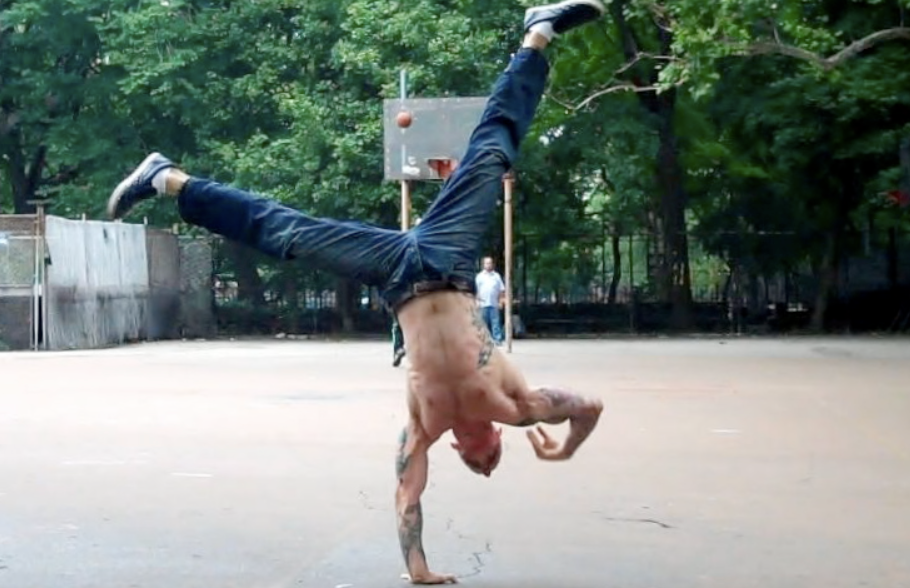Body Weight Exercises For Calisthenics
Calisthenics are movements performed with body weight. These movements mimic many different real-life activities and are therefore highly functional.
The benefits of calisthenics include improving overall strength and body composition, as well as increasing the efficiency of compound movements. In addition, these exercises are also highly effective for enhancing the aesthetics of the body. This makes them a fantastic supplement to your normal resistance training routines.
The main benefit of performing calisthenics is that you can do them anywhere, without expensive gym equipment or a membership to a gym. Unlike gym memberships, they require minimal equipment and require very little time. Moreover, they can be performed anytime, anywhere, and by anyone regardless of age and strength level. Bodyweight exercises can be modified to make them more challenging according to your physical capabilities.
The advanced movements of calisthenics are epic.
Some of them are planche holds, windshield wipers, and one-handed handstands.
You can learn these exercises at your own pace and progress until you reach the level of strength and flexibility you're looking for.
Whether you're a complete beginner or you're an advanced athlete, calisthenics will help you get the body you want and keep it that way.
Calisthenics are ideal for building strength in your upper and core.
It's also fairly easy to learn, don't require a gym membership, and don't require any special equipment or training background. With the right guidance, you can integrate calisthenics into your existing routine.
Calisthenics are an important part of any fitness regimen, and you can start with bodyweight exercises for calisthenics to see results.
Here's One of the Leading Guys on Calisthenics
While learning how to do calisthenics, beginners should focus on mastering the basics first.
Remember, models who do the most impressive feats have foundations in basic bodyweight exercises.
Basic exercises like push-ups and pull-ups will help you master the basic movements.
Once you master these basic exercises, you can progress to more advanced moves. You'll notice that you'll soon be performing more difficult calisthenics exercises.Ultimately, the benefits of calisthenics are many. They are a great way to improve overall health and improve daily tasks.
They are a great way to develop a foundation of strength and improve your body composition. They can also improve posture and body composition, which are crucial for the success of any activity. So, get started with calisthenics today! And don't let the lack of equipment deter you from giving it a try.
Squats are among the most versatile exercises in calisthenics.
Men, also read: Don't let early ejaculation stop your life
They require one person to provide less resistance than two people. Squats can be performed in almost any environment. Despite their flexibility, squats are still great for developing core strength. You can even perform them while playing sports on a playground. They're also one of the most accessible ways to build muscle.


